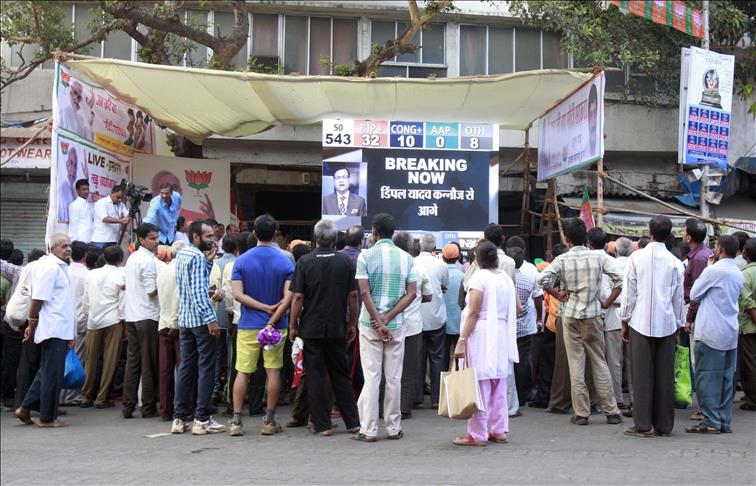Muslims lack opportunity in India's West Bengal
First ever report on status of West Bengal's large Muslim minority finds inequality, but progress

by Nilanjan Dutta
KOLKATA, India
One of the major points of debate in India's recently concluded parliamentary elections was the “appeasement of minorities.” The focus of this debate unmistakeably focused solely on Muslims, no other communities.
India is an overwhelmingly Hindu-majority country but in eastern Indian state West Bengal, there is a relatively high concentration of Muslims; a quarter of the population according to the 2001. However, a new survey on the ‘Status of Muslims in West Bengal’ reveals that the community's condition in the state is hardly pleasing.
Previous government-sponsored reports on the Muslim communities in India have been controversial but the West Bengal study, carried out by think tanks Association SNAP and Guidance Guild, went into more depth. Instead of using second-hand data and a broad-brushed approach they surveyed almost 100,000 households and examined differences within West Bengal's Muslim community.
“About 65 per cent of the households were engaged in petty, low income and precarious livelihoods,” the report found. Of these “occupationally insecure households” almost half were working as casual laborers, significantly higher than the all-India level of 33 percent found by a national survey conducted between 2009 and 2010.
“The report,” observes eminent writer Nabaneeta Dev Sen, “holds up a mirror to all of us.” Agreeing with her, educationist and social worker Miratun Nahar says, “It will enable the minority to assess their true position and the majority to realise how more than a fourth of the population lives.”
The educational profile of the Muslims presented a “disheartening picture” to the surveyors. No literate adult was found in more than 17 percent of surveyed households. In another 12 percent the highest level of education was below primary. More than half the surveyed households did not have anyone who had studied beyond primary education.
Despite the educational and employment inequality, West Bengal has not seen the formation of ghettos, with Hindus and Muslims living together in equal ratios in many areas. The deprivation of basic amenities, the report notes, may not be an “exclusive” experience of the Muslims. Other communities such as the Dalits (lower-caste Hindus) and Adivasis (indigenous or tribal people) also “were at the receiving end of social and policy neglect.”
The report also busted common myths about Muslims: their children attended did not just attend religious schools, girls were enrolling in secondary and higher education, and they used modern healthcare where they had access to it.
More than 90 per cent of the rural Muslims, the report finds, are Bengali-speaking and only a tiny section reported Urdu to be their mother tongue. Veteran journalist Milan Datta, who specialises in minority affairs remarked: “This should help dispel the notion of their linguistic isolation. Muslims in West Bengal have been tired of hearing: Oh! But you speak Bengali so fluently!”
One repeated question that the surveyors faced from the respondents was: “Why should I tell you all this? What difference will it make to us?” In a small gathering in Kolkata recently where the report was released, a fieldworker raised this question candidly. It embarrassed them a little, she said, as they had no immediate answer. Sabir Ahmed, one of the coordinators of the survey, was hopeful though that it would have an impact. Challenging misconceptions and discrimination with hard data and direct facts from the ground could certainly make a difference, he said.
Anadolu Agency website contains only a portion of the news stories offered to subscribers in the AA News Broadcasting System (HAS), and in summarized form. Please contact us for subscription options.

